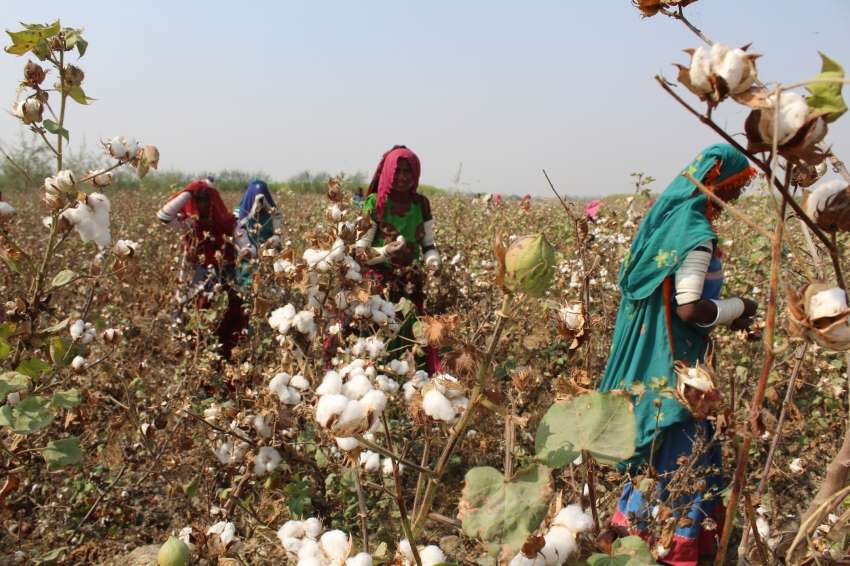
The textile and apparel (T&A) sector Sri Lanka continues to be the biggest foreign exchange earner in its economy. For a country that was leveraging the success story of Asia’s T&A exports sector, troubles began in the form of an ongoing economic crisis since 2019, changing the entire manufacturing, trade and socio-economic dynamics. Some reports suggest, Sri Lankan apparel exports shrank $900 million, as slowing global demand for readymade garments stung the already beleaguered economy hard.
As per Sri Lanka’s Export Development Board the exports fell 11.9 per cent, compared to a year ago to $951.5 million in September 2023. The T&A sector saw a drop of 24 per cent to $361.8 million in the same period. Total exports from January to September 2023 were down 10.3 per cent to $ 8,961.6 million. Exports to US, Sri Lanka’s single largest export destination, fell 26.28 per cent to $202.1 million in September 2023. Exports to the European Union, which is Sri Lanka’s second largest market, have dropped 27 per cent to $1 billion and to Britain by 23 per cent to $480 million.
The worst is behind says, JAAF
Yohan Lawrence, Secretary General of Joint Apparel Association Forum (JAAF) believes losses have bottomed out and it won’t get any worse. JAAF is expecting a small turnaround but nothing substantial in 2024. Lawrence is optimistic as he feels Sri Lanka’s readymade garment exporters will hopefully start seeing some signs of recovery at the beginning of next year as excess stock gets used.
Despite temporary closures of a handful of factories, the industry is soldiering on. Lawrence says significant job losses were not expected. As Sri Lanka’s apparel sector employs about 300,000 people, most of them women, the past few years has seen it affect the social fabric amongst the lesser economically privileged classes. Sri Lanka is still hoping to earn about $4.5 billion from garment exports by year-end, a foreign exchange amount it desperately needs.
One positive is that exports to India are up 11.3 percent to $79.9 million. JAAF, the most influential body in Sri Lanka’s T&A sector has been constantly pushing for the amendment of India-Sri Lanka readymade garment quota for exports to gain significant benefits. JAAF has also been lobbying with the Sri Lankan minister for power and energy, Kanchana Wijesekera to reduce electricity tariff affecting production competitiveness - a steep 66 per cent power tariff hike in February 2023 has not been kind to the sector.
Daunting figures belie optimism
In May 2023, JAAF had it expected Sri Lanka to lose around $1 billion in apparel export earnings this year but the losses up to September indicate the total for the year might surpass that projection. Apparel is Sri Lanka’s largest export that earned $5.95 billion in 2022, helping it weather the worst financial crisis since independence in 1948. But this year, the industry has struggled with exports up to September dropping 39 per cent to $3.4 billion year-on-year, as per latest JAAF stats.
Reasons for the drop are many, global demand for readymade garments is dwindling and this has affected Sri Lanka’s forex earning capacity. This in turn is affecting the tiny nation as it grapples with a multitude of problems that affect manufacturing – importing the most efficient and contemporary machinery, raw material which it does not produce as well as other ingredients such eco-friendly fibre and dyes. This mix may lead to a long struggle for Sri Lanka’s T&A sector to find its bearings.












